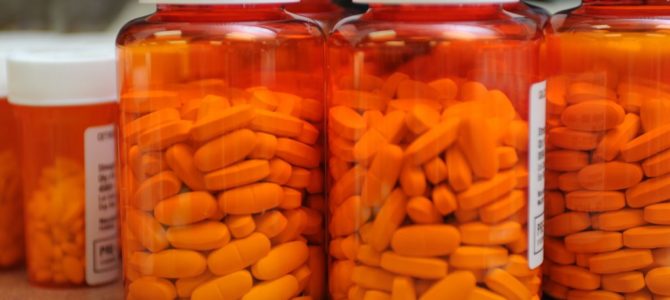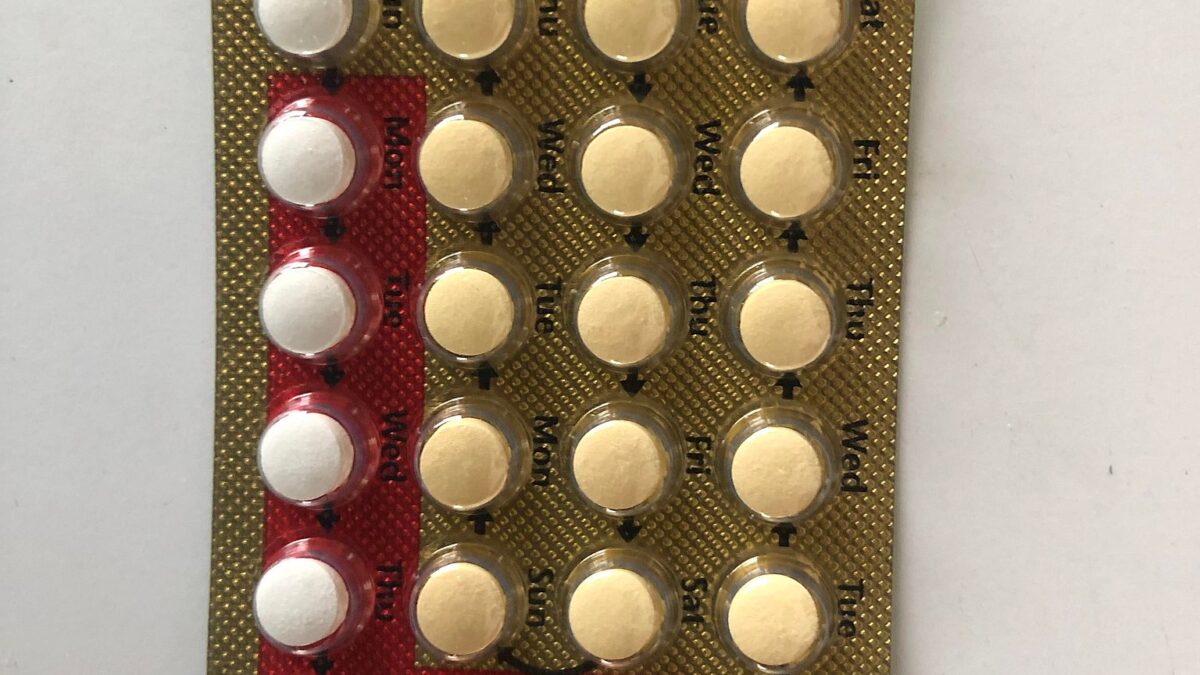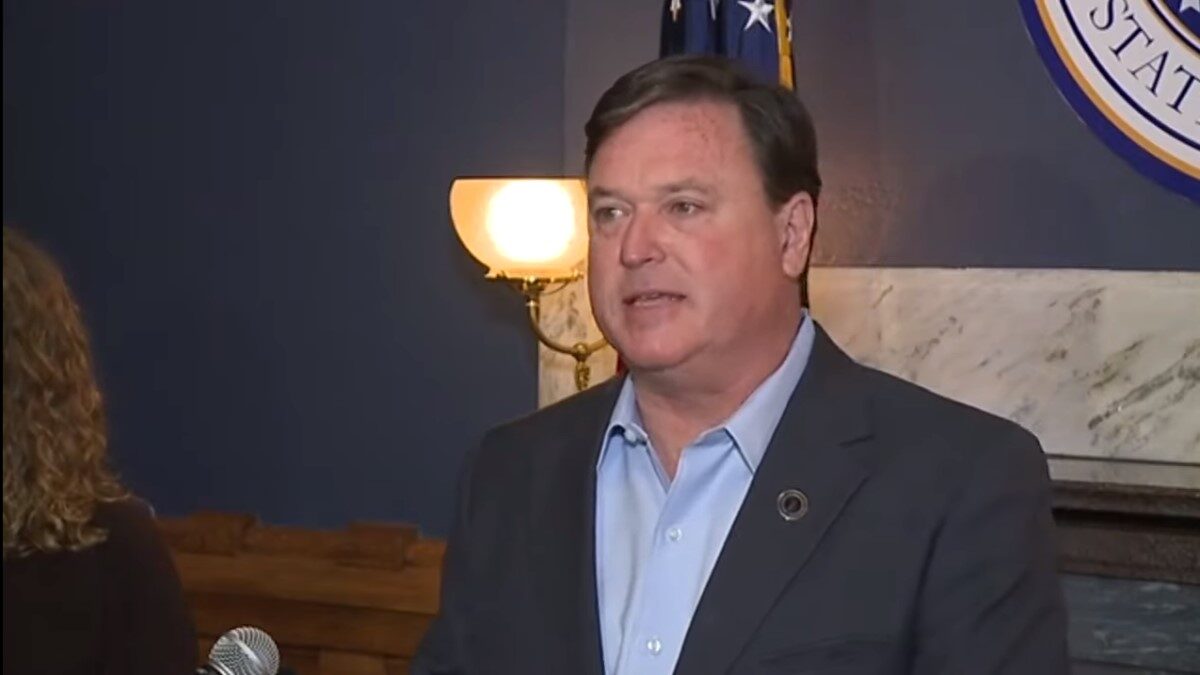
In recent days insurance companies like Blue Cross Blue Shield of Tennessee have announced they will stop covering prescriptions for OxyContin. This comes after months of lawsuit filings against pharmaceutical companies, individual leadership of pharma companies, and retail pharmacies and dispensaries, all in the name of holding opioid manufacturers accountable for the addiction crisis gripping the nation.
Very few of these suits were brought by victims or their families. Instead, they are being filed by cities, counties, state’s attorneys general, and even Native American tribal councils. Some of the suits have a lot more merit than others, but they got a collective boost in recent weeks when President Trump urged Attorney General Jeff Sessions to sue pharma companies that have contributed to the U.S. opioid crisis.
The president said during a cabinet meeting, “Some states have done it. But I’d like a lawsuit to be brought against these companies that are really sending opioids at a level that it shouldn’t be happening.” While the Justice Department has joined states in their suits against opioid companies, what Trump wants is a separate federal lawsuit targeting specific drug companies.
But it’s the state-level opioid lawsuits that are vying to become the largest civil litigation settlement agreement in U.S. history. While this is new territory for most of the plaintiffs and defendants, the concept and approaches are not new. In fact, they come directly from the current record-holder’s playbook: Big Tobacco.
Is There Precedent?
During the 1990s, the United States faced another public health emergency in the form of tobacco. Forty-six states and six jurisdictions subsequently entered into the largest civil litigation settlement agreement in U.S. history so far, with the tobacco industry.
That Master Settlement Agreement (MSA) set out annual payments from participating tobacco manufacturers to recoup “taxpayer money spent for health care costs connected to tobacco-related illness,” as well as set new standards and marketing restrictions for tobacco companies. The MSA also outlined that, after the settlement, states could not make legal claims against tobacco companies that were included in the lawsuits associated with the MSA.
In 2018 there are much better health records, pharma paper trails, and at least theoretical precedents for states getting money they claim is owed to them through Medicaid and Medicare dollars that did not exist two decades ago. Thus, all over the country attorneys general, advocates, and some doctors contend that pharmaceutical companies intentionally spent tens of millions of dollars to downplay addiction concerns, market exaggerated benefits of opioids, and lobby doctors to prescribe more.
Given how closely this aligns with the Big Tobacco strategy, and rumors that the Department of Justice believes this is true, these arguments of false advertising stand a good chance of being heard in the courts.
Other claims argue that it was the distributors—pharmacies at retail locations like CVS, Walmart and Walgreens—that actively misled and harmed consumers. Citing examples of counties and entire states like West Virginia that had more bottles of prescribed opioids than people who lived in the county, these cases might be on shakier ground. While pharmacists dispensed the drugs, only in certain states are they beholden to monitor the supply chain in hopes of keeping opioids off the streets.
The opioid situation is also different from Big Tobacco for a number of reasons, including that the drugs formally distributed (not street substances) had U.S. Food and Drug Administration approval, and in many cases the resulting addiction led to combination drug usage. Consequently, it will be difficult to prove that individuals used the drugs as directed or that any one drug was wholly responsible.
However, with approaches ranging from recouping Medicaid dollars to suing an entire family that runs a pharma company to accusing pharma of allowing black market funneling of drugs, it is certain that at least a few of these lawsuits will play out distinctively. In fact, at least one has already crossed international borders—with a former employee of one company being sued while she works for a competitor in Europe.
Where Do We Stand?
More than a few interesting suits have been filed over the opioid crisis. Key plaintiffs and approaches are making headlines of their own.
States or counties in Mississippi, Ohio, West Virginia, Kentucky, Nevada, Texas, Florida, North Carolina, North Dakota, Tennessee, Illinois, New York, and California have filed at least one suit against a pharmaceutical company or pharmacy for its alleged active role in the opioid crisis. These are likely to move forward, and are expected to lead to marketing restrictions and a settlement agreement like Big Tobacco.
Everett, Washington’s mayor filed a suit asserting that the heroin crisis in Everett is a direct result of Purdue Pharma, the makers of OxyContin, knowing the drug was being funneled onto the black market, and doing nothing to stop it.
Ohio’s attorney general filed a lawsuit against Purdue Pharma, Johnson and Johnson, and Teva Pharmaceuticals, as well as other pharma companies. It claims the pharma companies violated multiple state laws and that the state Medicaid program paid “excessive” costs for prescriptions of opioids.
He also filed claims against four distributors, stating, “We believe the evidence will show that these companies ignored their duties as drug distributors to ensure that opioids were not being diverted for improper use. They knew the amount of opioids allowed to flow into Ohio far exceeded what could be consumed for medically-necessary purposes, but they did nothing to stop it.” West Virginia and Ohio have admitted that they failed to enforce distribution supply monitoring, so it’s likely more suits like this will arise.
Cherokee Nation filed a lawsuit against pharmacies and distributors, including Walmart, CVS, and Walgreens in Tribal Court over their role in the widespread harm prescription drugs inflicted on their tribe. After being rejected by a federal judge in Oklahoma, they have now sued Purdue Pharma for its role in opioid use among tribe members. The numbers presented in these cases were alarming, and the ultimate goal has been to combine the Cherokee Nation suit with others for a collective outcome.
Florida sued drug makers and distributors, including Cardinal Health Inc. and McKesson Corp. The state is seeking damages for “costs related to drug treatment, babies born addicted to opioids, state foster care services, law enforcement and other taxpayer expenses caused by the epidemic.”
Massachusetts has sued 16 individuals, including many members of the Sackler family, in relation to their roles in Purdue Pharma. Judy Lewent, director at U.K. drug maker GlaxoSmithKline (GSK) and chair of its Audit and Risk Committee, has been named as a defendant in that lawsuit as well because of her U.S. role at Purdue until 2014. This particular case has taken many by surprise, and legal experts have widely varying opinions about how it might play out.
This is not the first time Purdue Pharma has admitted to misconduct. In 2007, the company entered into $600 million settlement with the federal government and three of its executives (including the president) pleading guilty to criminal charges.









